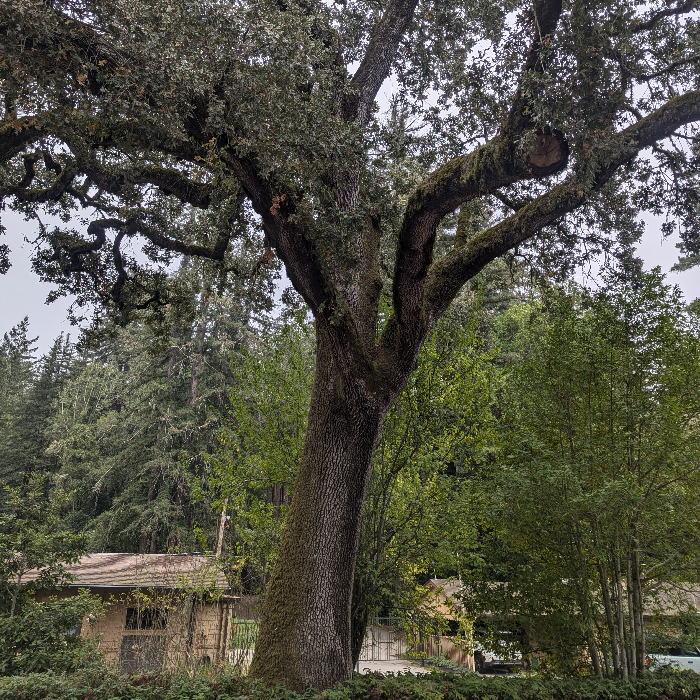UNITED STATES—Autumn foliar color is a reminder that, regardless of pleasant weather, it really is autumn. The days are getting shorter. The weather is getting cooler. Households with operational fireplaces or wood stoves may resume using them. Firewood will therefore become more of a desirable commodity. A few trees might require pruning for clearance from chimneys.
Only several decades ago, firewood was much more popular than it is now. More homes that were modern for their time featured fireplaces. Other options for heating, such as gas and electricity, were relatively more expensive. Firewood was still more readily available from nearby orchards, farms or forests. Air pollution was not such a concern like it is now.
Almost no modern homes feature fireplaces now. Modern building codes in most regions disallow installation of fireplaces or wood stoves. Gas and even electric heating systems are more efficient than in the past. Many orchards and forests that provided firewood are now gone. Not many who inhabit houses with fireplaces have time to cut and split wood.
Modern heating systems certainly have their advantages.
Besides, fireplaces and wood stoves lack thermostats or any method of regulation. They also generate considerable volumes of ash and are messy to clean. Enough firewood for the season occupies significant space in a garden. Then, firewood must be brought into the fireplace or wood stove. It is no wonder that modern heating systems are so popular.
Nonetheless, firewood is not completely obsolete. It is a renewable resource that literally grows on trees. Many tree service businesses sell mixed firewood as a byproduct of their work. Ideally, they prefer to leave it where they perform their work, for whomever wants it. Woodcutters provide specific types of firewood from private forests, or perhaps orchards.
By now, firewood for this season must be seasoned, or completely dried. Otherwise, it is difficult to ignite, burns inefficiently, and produces excessive smoke. Wood that is still too fresh will be ready to burn for the next season. Although wood can eventually rot outside. Palm, cordyline and yucca trunks burn too fast without enough heat to work as firewood.
Highlight: Valley Oak
Native trees are not necessarily the best options for home gardens. Valley oak, Quercus lobata, for example, grows much too large. Old trees can grow more than a hundred feet tall. Although unpopular for new plantings, it sometimes self-sows. Also, new landscapes sometimes develop around old trees. Formerly rural trees therefore become urban trees.
Old trees are unfortunately very sensitive to disruption of their surroundings. Grading can severely damage their shallow feeder roots. Irrigation to sustain new landscapes is likely to promote rot of older and larger roots. Trees that should live for centuries can succumb to such damage within decades. Younger trees are fortunately adaptable to landscapes.
Nonetheless, young valley oaks are trees for future generations. Also, they require plenty of space. Although it may take a few centuries, trunks can eventually grow ten feet wide. As they mature, such big trees can make a big mess. The deciduous foliage can shed for weeks instead of days. The pale yellowish brown autumn foliar color is rather mundane. Without excessive irrigation, roots are remarkably complaisant.







